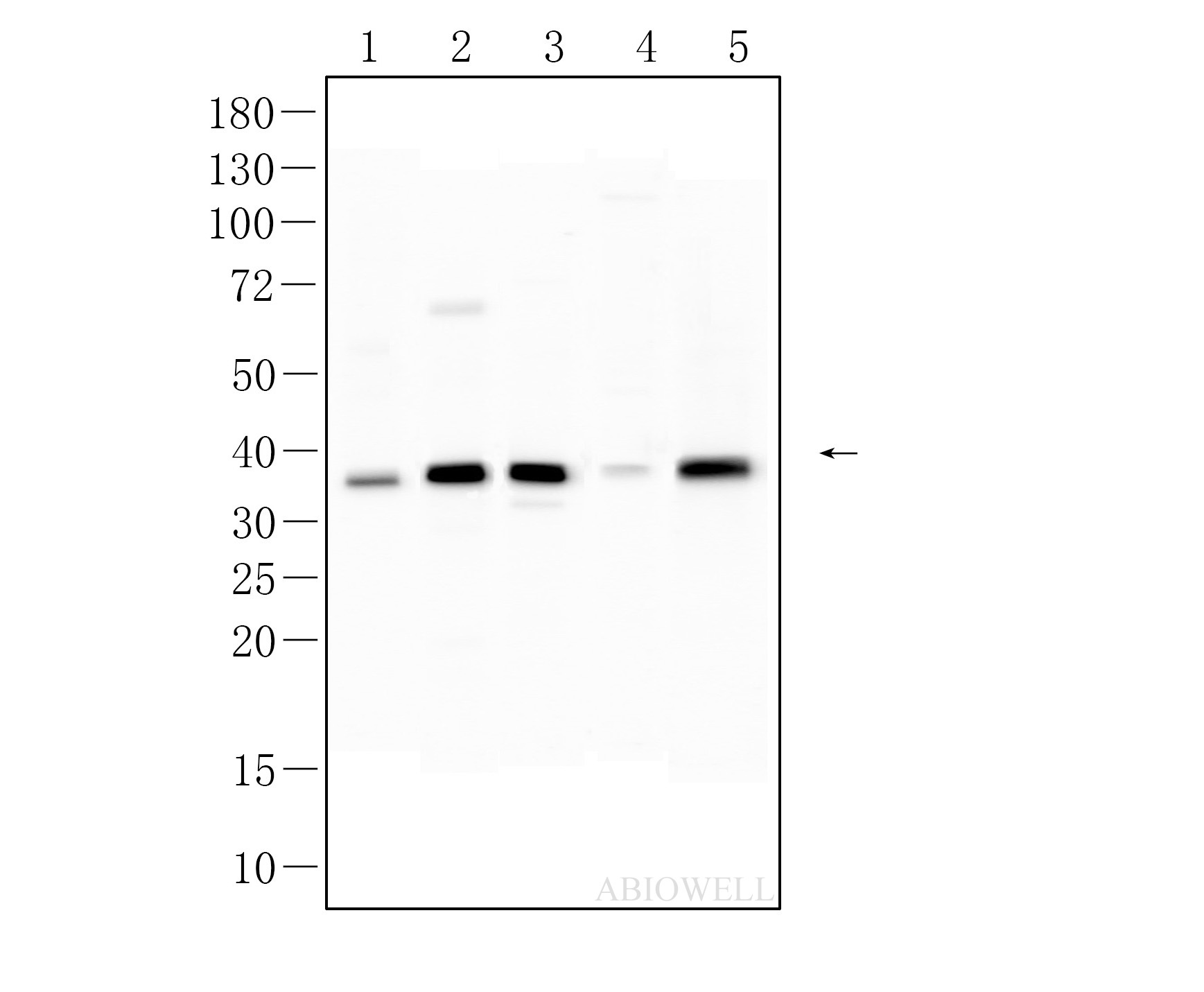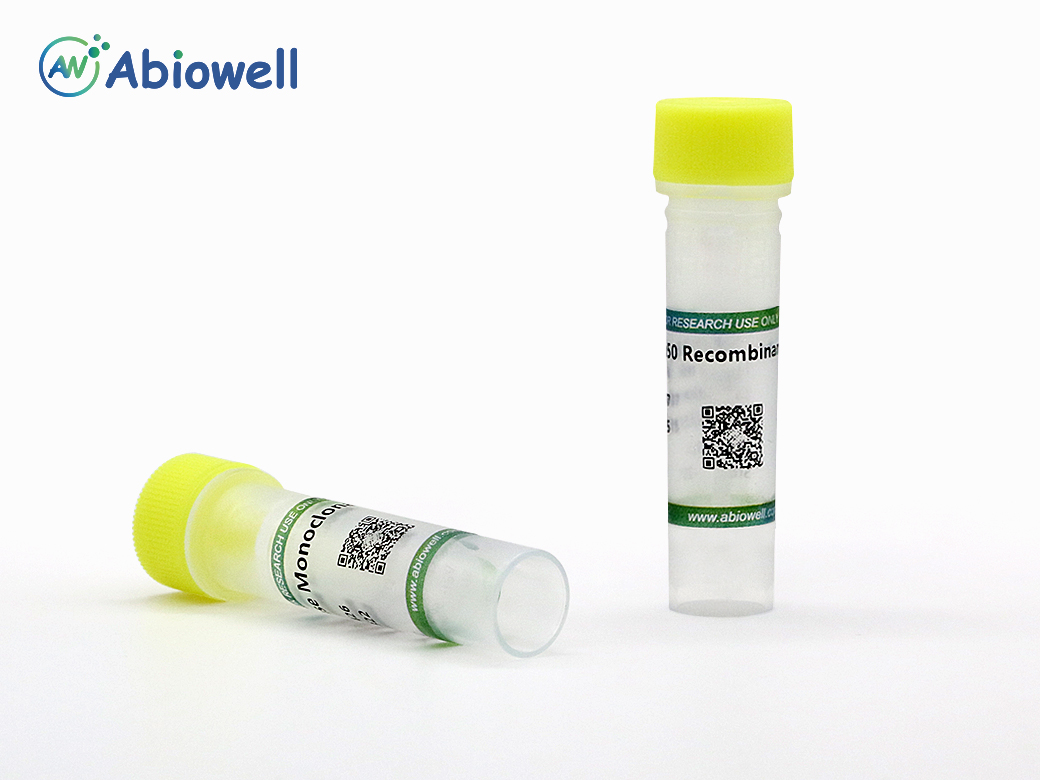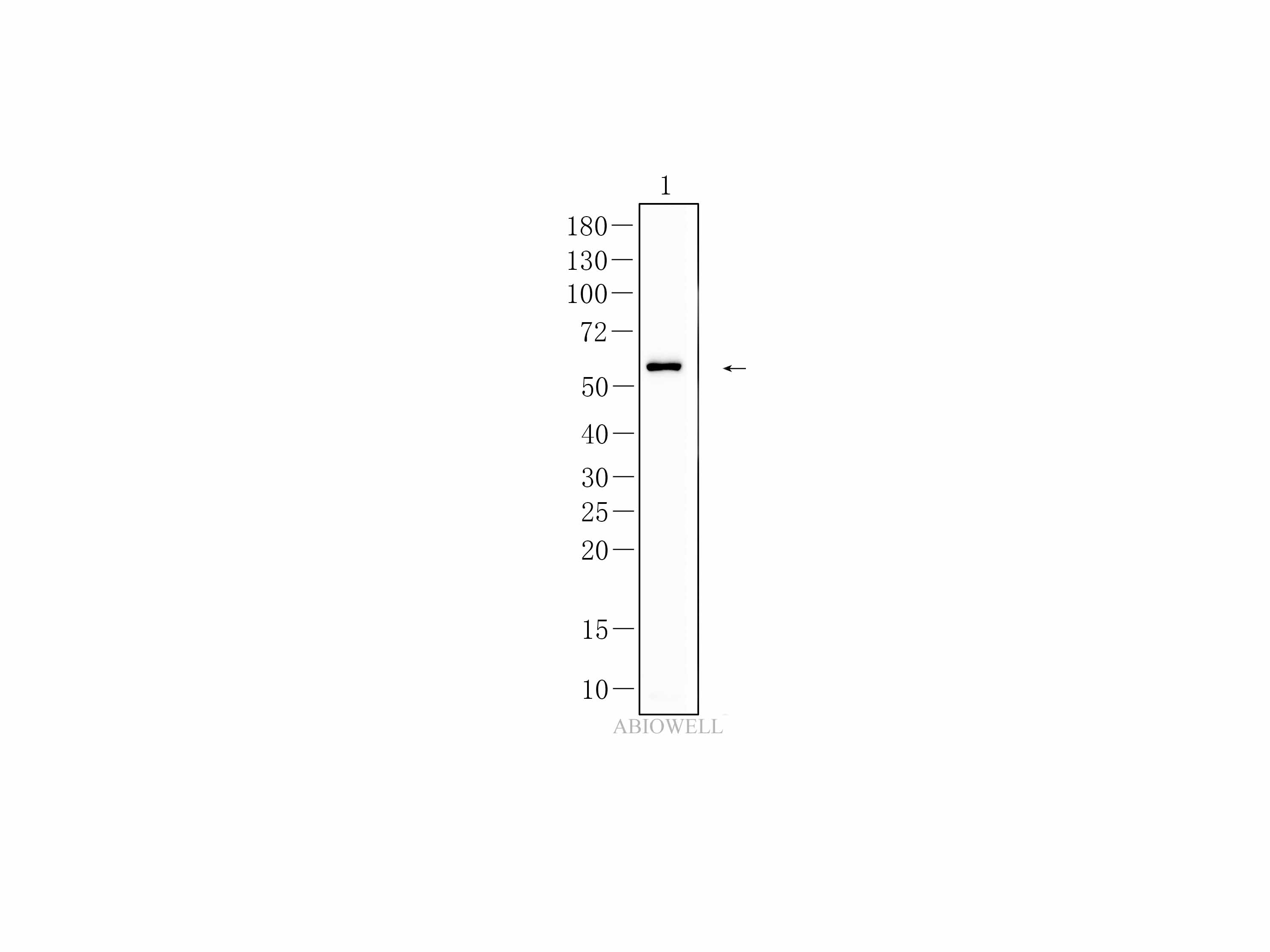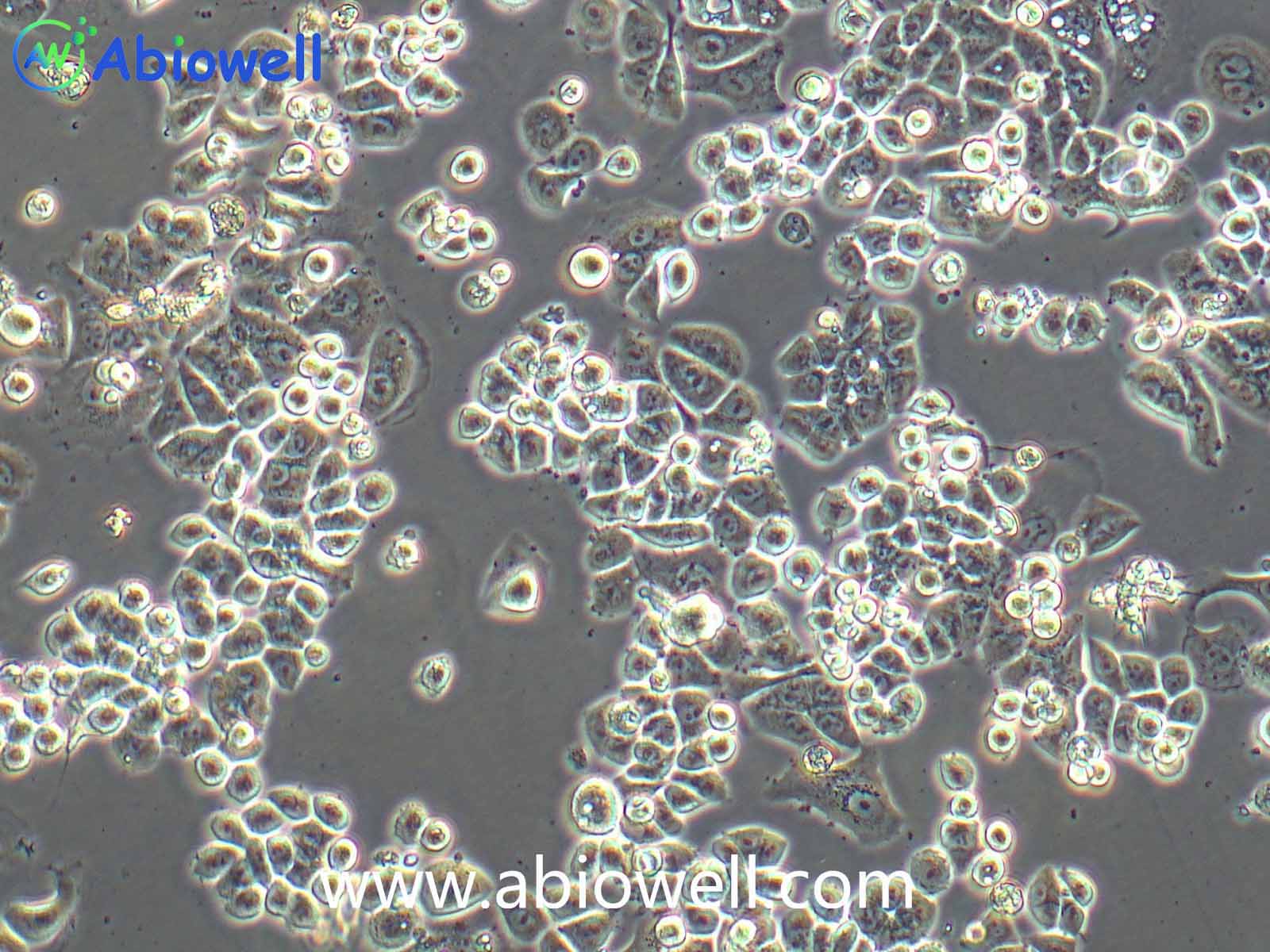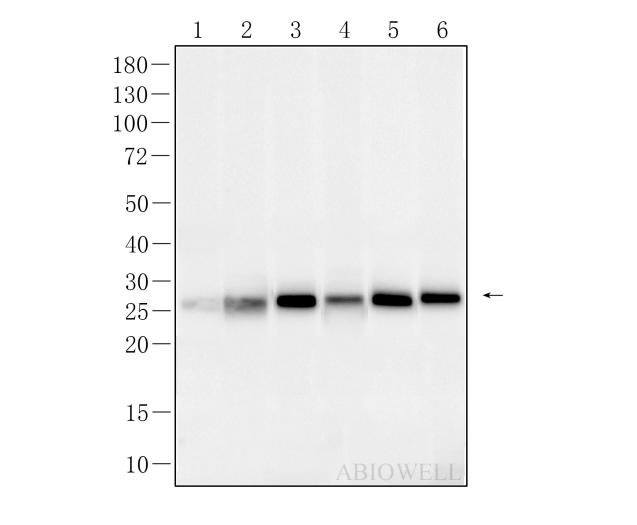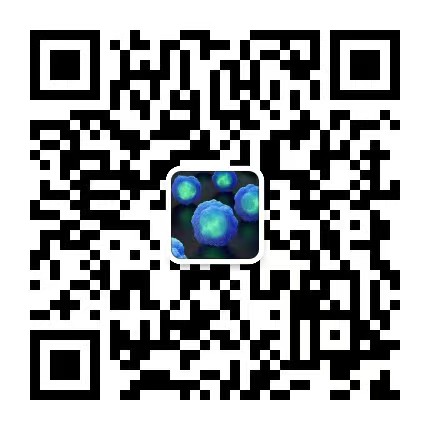ASC/TMS1 Rabbit Polyclonal Antibody
-
-
- 20μL
- ¥620
- 1-3个工作日
-
- 50μL
- ¥1250
- 1-3个工作日
-
- 100μL
- ¥2200
- 1-3个工作日
Product Details
| Host Species: Rabbit | Reactivity: Human,Mouse,Rat | Molecular Wt: 22 kDa | |
Clonality: Polyclonal | Isotype: IgG | Concentration: 1 mg/ml | ||
Other Names: PYCARD; ASC; CARD5; TMS1; TMS-1; TMS; Apoptosis-associated speck-like protein containing a CARD; hASC; Caspase recruitment domain-containing protein 5; PYD and CARD domain-containing protein; Target of methylation-induced silencing 1; CARD5; ASC/TMS1
| ||||
Formulation: Liquid in PBS containing 50% glycerol, 0.5% BSA and 0.02% sodium azide. | ||||
Purification: Affinity-chromatography | ||||
Storage: Store at -20 C. Stable for one year after shipment. Aliquoting is unnecessary for -20 C storage.
| ||||
Applications
| WB 1:500-1:2000 IHC-P 1:50-1:200 IF 1:50-1:200 IP Use at an assay dependent concentration.
| |||
Immunogen Information | Gene Name: PYCARD | Protein Name: Apoptosis-associated speck-like protein containing a CARD
| ||
Gene ID: 29108 (Human) 66824 (Mouse) 282817 (Rat) | SwissPro: Q9ULZ3 (Human) Q9EPB4 (Mouse) Q8CHK8 (Rat)
| |||
Subcellular Location: Cytoplasm. Inflammasome. Endoplasmic reticulum. Mitochondrion, Nucleus.
| ||||
Immunogen: Recombinant protein within human ASC/TMS1. AA range: 1-91. | ||||
Specificity: ASC/TMS1 Polyclonal Antibody detects endogenous levels of ASC/TMS1 protein. | ||||
| Product images | |
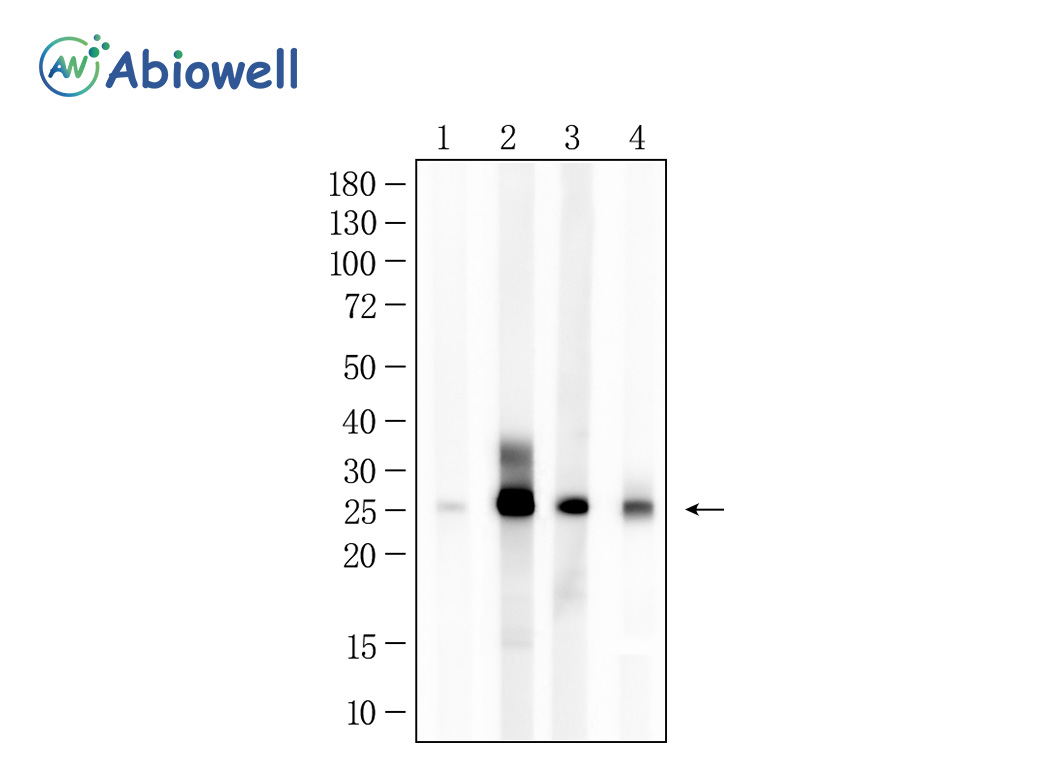
|
Fig : Western blot analysis of ASC/TMS1 on different lysates. Proteins were transferred to a NC membrane and blocked with 5% NF-Milk in TBST for 1 hour at room temperature. The primary antibody (AWA58244, 1/2000) was used in TBST at room temperature for 2 hours. Goat Anti-Ribbit IgG - HRP Secondary Antibody (AWS0002) at 1:5,000 dilution was used for 1 hour at room temperature. Positive control: Lane 1: THP-1 cell Lane 2:J774A.1 cell Lane 3: Mouse lung Lane 4:Mouse spleen Predicted molecular weight:22KD Observed molecular weight:25KD; Exposure time: 15seconds |
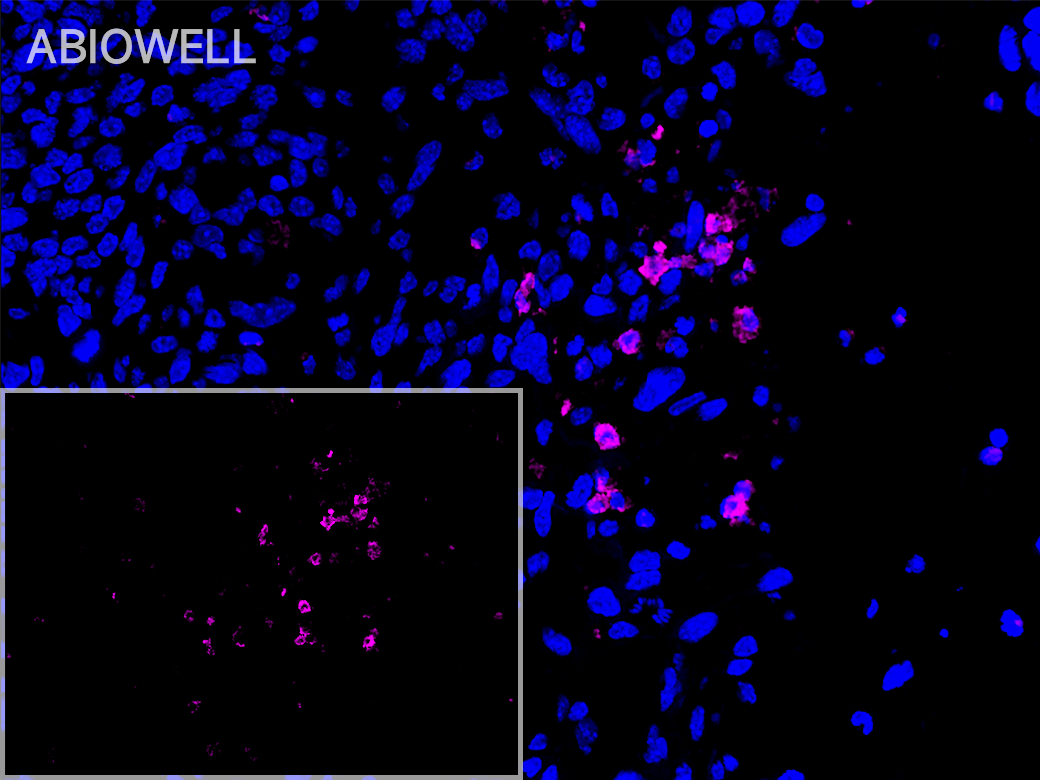
|
Fig: Fluorescence immunohistochemical analysis of mouse-Lewis cell derived xenograft tissue (Formalin/PFA-fixed paraffin-embedded sections) with Rabbit anti-ASC antibody (AWA58244) at 1/200 dilution. The immunostaining was performed with the TSA Immuno-staining Kit (ABIOWELL, AWI0691). The section was pre-treated using heat mediated antigen retrieval with Sodium citrate buffer (pH 6.0) for 20 minutes. The tissues were blocked in 3% H2O2 for 15 minutes at room temperature, washed with ddH2O and PBS, and then probed with the primary antibody (AWA58244) at 1/200 dilution for 2 hour at 37℃ or overnignt at 4℃. The detection was performed using an HRP conjugated compact polymer system followed by a separate fluorescent tyramide signal amplification system (Purple). DAPI (blue, AWC0291) was used as a nuclear counter stain. Image acquisition was performed with Slide Scanner. |
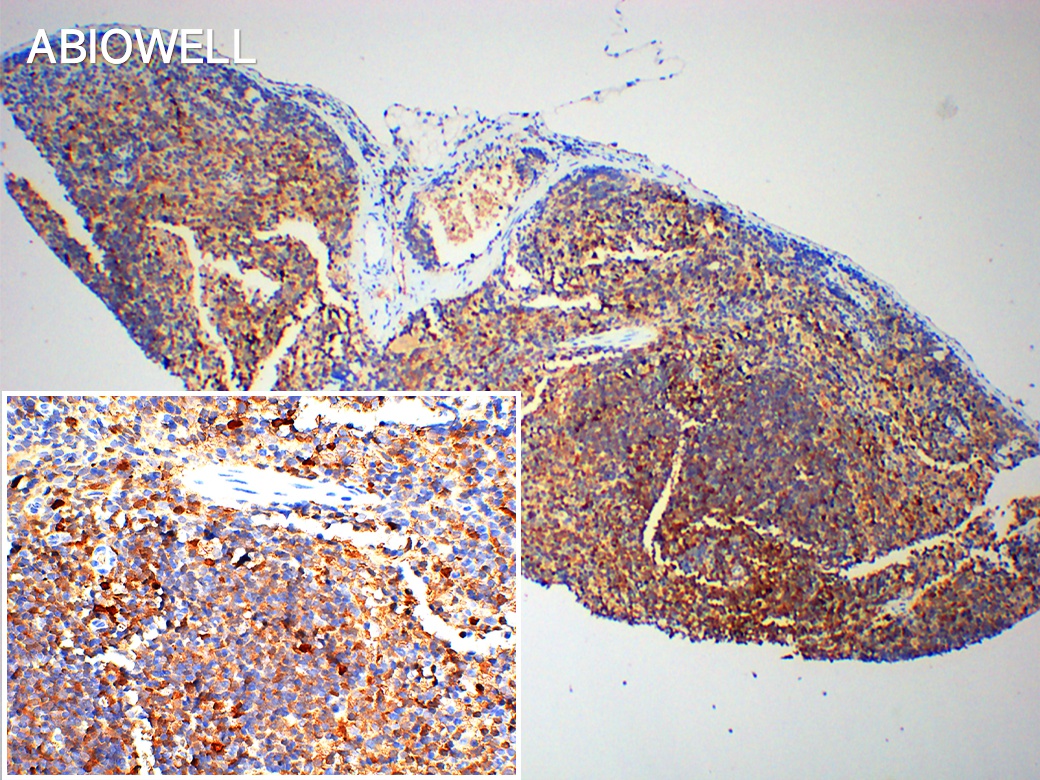
|
Fig : Immunohistochemical analysis of paraffin-embedded Mouse-spleen tissue with Rabbit anti-ASC/TMS1 antibody (AWA58244) at 1/200 dilution. The section was pre-treated using heat mediated antigen retrieval with Sodium citrate buffer (pH 6.0) for 20 minutes. The tissues were blocked in 3% H2O2 for 15 minutes at room temperature, washed with ddH2O and PBS, and then probed with the primary antibody (AWA58244) at 1/200 dilution for 2 hour at 37℃or overnignt at 4℃. The detection was performed using an HRP conjugated compact polymer system(ABIOWELL, AWI0629). DAB was used as the chromogen. Tissues were counterstained with hematoxylin and mounted with DPX. |
-
-
- 20μL
- ¥620
- 1-3个工作日
-
- 50μL
- ¥1250
- 1-3个工作日
-
- 100μL
- ¥2200
- 1-3个工作日
-
相关产品
-
Cdk6 Recombinant Rabbit Monoclonal Antibody
GAPDH Rabbit Polyclonal Antibody
GFAP Recombinant Mouse Monoclonal Antibody
Ki67 Rabbit Monoclonal Antibody
HMGB1 Recombinant Rabbit Monoclonal Antibody
SQSTM1/p62 Mouse Monoclonal Antibody
Bcl-2 Recombinant Rabbit Monoclonal Antibody
SOD2 Rabbit Polyclonal Antibody

